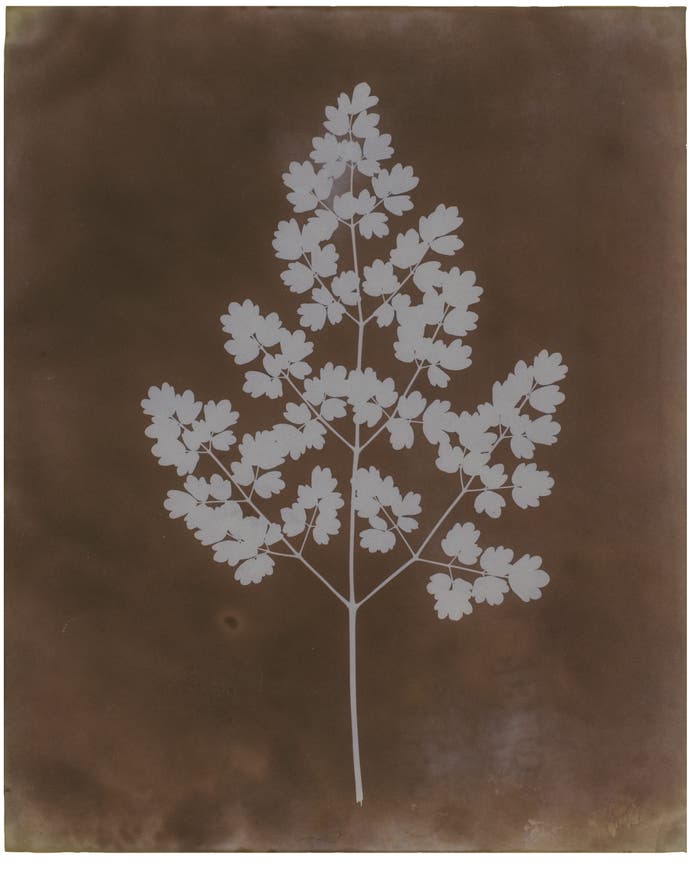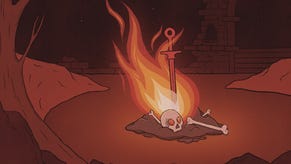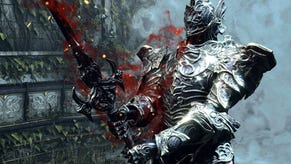The slow disappearing act of Demon's Souls
Fade out.
Two things happened this week that made me think about beautiful stuff vanishing from the world, and about the strange notion that there might be a kind a melancholic pleasure to be had - if melancholic pleasures can be had - in the spaces created by fresh absence. I'm not ghoulishly thinking of death or anything as serious as that. More the weird kind of beauty you sometimes get when you look at a wall of framed pictures and notice the ghostly parchment patches where something else once hung and now hangs no longer. Ghoulishly, ghostly. We are not off to a great start here.
The first thing that happened was that I read a piece on Eurogamer about the fact that Demon's Souls is going to have its online elements turned off for good next February. I never played Demon's Souls properly, and I now suspect that I am not going to. In a vague way it is something I had always planned to do, though, and I know how I would have had to approach it. I have seen this game many times, a world of darkness in which the action unfolds in little pools of golden light that hover around the player. There is a hub world of sorts - in my memory a huge part of it is spiral walkways made of old stone - and there is the Souls DNA in rich form: waiting for an opponent to move, waiting for the perfect opening, thrilling to the energising thwack of a sword hitting a shield: still alive!
Mostly what I know about this game, though, I don't know from the screen. I know from long conversations with Simon Parkin over coffee in which he talked me through these dazzling discoveries he kept making in a game that kept its whole cosmology, as it were, a thing that had to be understood by the player tentatively and over a number of hours. He talked about the messages people left for others, and he talked about the way that some of these messages could not be trusted. I think he maybe talked about invasions, other people suddenly turning up in his game? Or was that Dark Souls? I guess I'll never know now.
Without its online stuff - and granted, I have until February to get to it - Demon's Souls will still be playable, but will it still be Demon's Souls? I am hoping that it will be something else, in a way. I am hoping that the absence of something so brilliant, so utterly defining in terms of the experience without being truly integral to the mechanics, will actually add to Demon's Souls mysterious allure. This is an old land, and some of it has crumbled away for good. Step inside and imagine what this place was like when it was whole. Few games are so perfectly suited for some part of them moving out of reach.
The reason I'm thinking this is because of the other thing that happened this week - and when I say 'happened', what I really mean is that I read a piece on the New Yorker website and it has stayed with me. William Henry Fox Talbot was born in 1800, and he was one of those dazzling 19th century characters who, armed with a brilliant name, turned out to be capable of all sorts of things, and driven by all sorts of obsessions. The New Yorker piece I read - it's written by Max Campbell - is concerned with his enduring fascination with early forms of photography, and with the fact that many of his photographs are not so enduring.
Talbot developed his own method of photographic reproduction, the piece explains - it teases, wonderfully, at early experiments involving "salt, paper, and sunlight", which I have only now realised is not "salt, pepper, and sunlight" - but for some of the 25,000 extant images that Oxford's Bodleian Library is trying to gather and preserve, time has already done what time is so good at doing.

"There are a number [of pictures] that are completely indecipherable," Campbell writes. "Each of these apparently blank pieces of paper likely showed an image at some point-maybe a detail of some lace (Talbot's mother had been a serious collector) or an arrangement of objects on the grounds of the family abbey-but now bears just smudges or darkened corners."
Campbell makes the case, I think, that these smudges and darkened corners are records in their own way. Not of lace or flowers or the architecture of the family abbey, but of Talbot's struggle to fix images on paper in the first place. Many of the images he made faded within his own lifetime, and Campbell ends his piece by talking about the techniques that the Oxford conservators are now using to preserve the remaining images as best as they can. He argues that, "these processes are themselves something worthy of exhibition."
What he doesn't need to say - because it is obvious - is that Talbot's pictures have sometimes gained as much as they have lost since the print has started to fade. A calotype of a bust of Venus on a table now looks unfathomably ancient itself - speckled and starting to blur, it seems to somehow speak of an ancientness that is separate from the specific ancientness of Venus, not to mention the relative distance of the 1840s when the picture was taken. A photogenic-drawing negative of some leaves of a plant looks truly otherworldly, a sheer white outline surrounded by pink mist, an alien object glimpsed, it seems, through a tank of gas and suspended grit.
Old pictures fade and old games are sometimes turned off. We know this. But sometimes, these processes are caught as they occur. Sometimes, you get to see a picture as it is in the process of disappearing, and you get to play a game as some of its features are removed. These things retain a power, but it's a new kind of power. Their authorship has been added to, I think. The new author is time, and time seems terribly sure of its own voice.











.png?width=291&height=164&fit=crop&quality=80&format=jpg&auto=webp)






